Here’s how our first prototype works : to acquire images we use a fluoroscope. X-rays goes through the sample and are reduced based on the density of the sample (like a shadow). This reduced x-ray flux reaches a intensifying screen. The intensifying screen transforms x-rays into visible light. This visible light is captured by a camera. The mirror reflects the picture to prevent the noises which would be created if the camera was in front of the X-ray source. Pictures of the sample will be taken in different angles as the sample will circle around itself. These pictures will then be sent to an algorithm which will then create a 3D model of the sample based on these pictures.
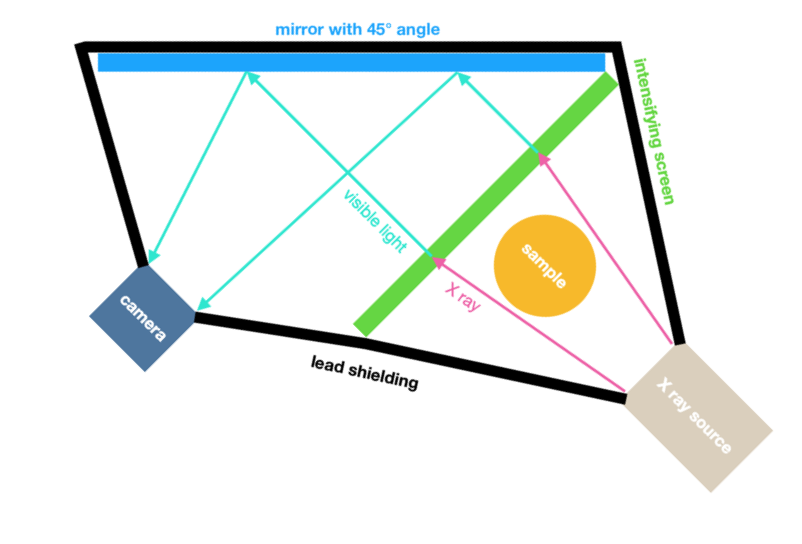
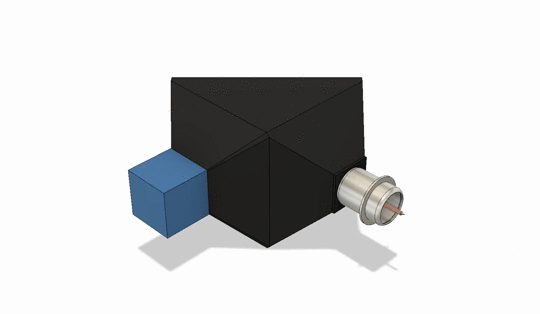
The source of x-ray is a IMA2-150D tube, made in Russia (at the time of the URSS) by the Svetlana Company in the 1900s. The way X-rays will be produced in this tube is completely different from a classic filament tube. It doesn’t work in a continuous way like a classic tube but by pulses : this will reduce the power consumption and limit the tube heating process. In addition, the lifetime of such a tube is longer than a classic tube and the dosimetry is weaker with that method.
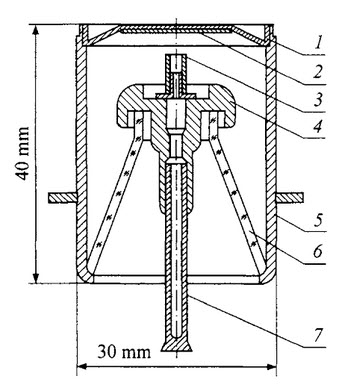
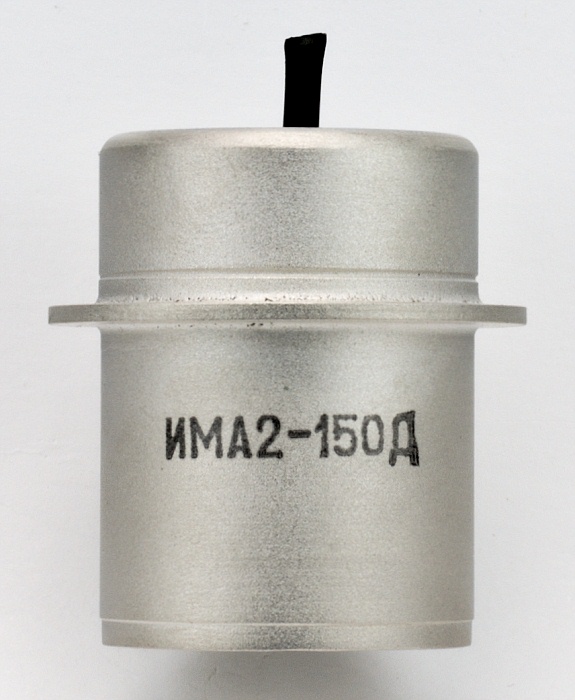
You can read "X-ray pulse apparatus based on explosive electron emission.pdf" in the files on the project , for more information about how this tube produce x-ray.
All of theses characteristics are favourable towards making a portable device. Ideally, a complete scan would take up to 5 minutes and the battery would last at least 10 scans. The sample is put inside a test tube : this would facilitate its use and if necessary, allow some kind of sterility to the scan.
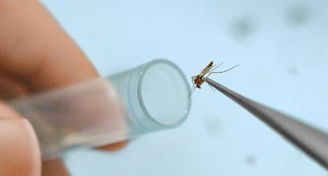
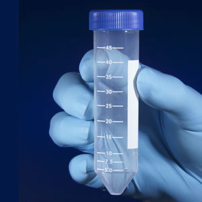
Here are some examples of the data we want to produce with this machine. :
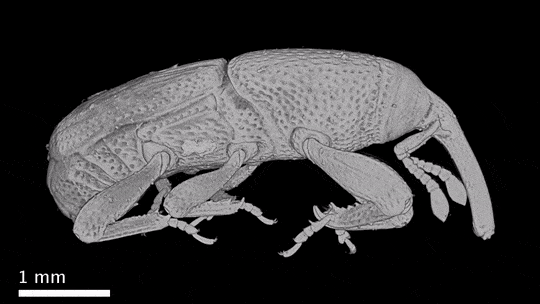
from : https://bit.ly/2HeaKGD
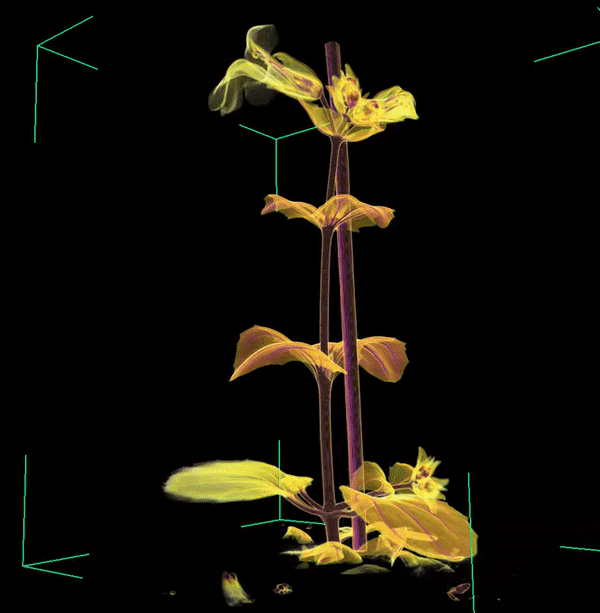
from : https://bit.ly/2HdknFG
 Berry Phoebe
Berry Phoebe
Discussions
Become a Hackaday.io Member
Create an account to leave a comment. Already have an account? Log In.